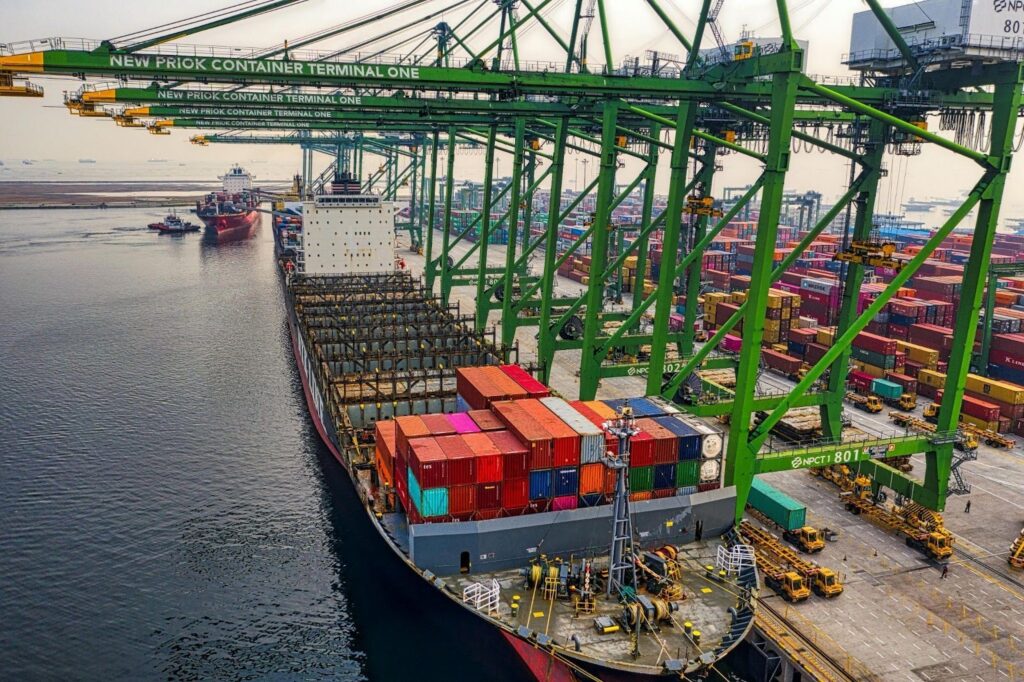Comparing On-Premise vs Cloud TMS in Implementation Strategy
As we all know, the logistics world moves rapidly in today’s immersive industrialized era, and to maintain this unstoppable chain, shippers and carriers race against time and uncertain odds, chasing efficiency and precision in every route.
Logistics teams rely on transportation management systems (TMS) to stay organized, reduce costs, and manage constant motion.
Although a big question remains, should a company go with on-premise software or move to the cloud? The answer isn’t the same for everyone, but it’s worth analyzing extensively.
That’s why in this blog post, we are going to explore some crucial layers of this segment and deliver valuable insights to the readers.
Let’s begin!
Key Takeaways
- Looking at the core of the smart logistics
- Decoding On-premise controls with their hidden details
- Uncovering the flexibility that cloud systems offer
- Discovering the best implementation strategies

The Core of Smart Logistics
Simply put, a transportation management system helps to streamline the flow of goods. It organizes shipping, tracks freight, manages rates, and assesses performance. A robust system increases visibility across departments and improves communication among shippers, carriers, and even customers.
That’s where the real value lies. Every successful shipping operation depends on the quality of its TMS implementation. A rushed or poor setup can turn great technology into a daily headache. But when it’s done right, it becomes the backbone of logistics strategy.
The real challenge starts when a business needs to choose between an on-premise solution or a cloud-based one. Both paths have benefits, but the setup, cost, and scalability look very different once you dive into the details.
Interesting Facts
Some studies indicate that cloud-based TMS users have cut operational costs by 20% by leveraging real-time insights and optimization tools.
On-Premise: Control With a Catch
An on-premise TMS allows a company to have complete control. The software is housed on its own servers, behind its own security barriers. That level of ownership is perceived as safe and stable by many large enterprises. There is no need for external providers or internet connections. The system remains local, is tailored to internal requirements, and can be seamlessly integrated with existing tools.
But that control comes at a cost. Setting up on-premise software can take months, sometimes longer. Hardware upgrades, IT support, and maintenance create ongoing expenses. When problems arise, internal teams must handle everything — from bug fixes to data backups.
Scalability is another hurdle. As a company grows, so does the system’s demand. Adding users or new branches often means expensive adjustments. For shippers managing fast growth, that rigidity can become a problem.
Cloud-Based: Flexibility at Its Finest
Cloud-based TMS software flips the script. It doesn’t need a physical setup. Everything runs through secure online servers, hosted and maintained by the software provider. That means less stress for internal teams and faster deployment.
One of the most significant benefits is flexibility. Companies have access to their data at any time and from any location. Remote teams, drivers, and logistics coordinators can all stay in touch in real time. Cloud platforms also receive automatic updates, allowing the system to remain current without requiring manual intervention.
Cost-wise, the model feels easier to manage. Businesses pay a subscription fee rather than paying up front for hardware and installation. This structure lowers the entry barrier for small and medium-sized shippers who want advanced tools without paying a high price.
What about the trade-off? Dependence on internet access and vendor uptime. While cloud providers usually offer strong service-level agreements, downtime can still disrupt workflows. Some companies also hesitate to share data outside their internal network, even with encryption and strict access controls.
Implementation Strategy: Getting It Right
Choosing between the two models isn’t just about tech. It’s about understanding how each aligns with company goals and daily operations. A TMS only works as well as its setup. Implementation is where things either click or fall apart.
With on-premise software, planning is crucial. Companies need to organize installation, training, and system integration, often guided by a dedicated IT team. While this process requires time and resources, it ensures a customized solution that fits perfectly.
Cloud implementation, on the other hand, proceeds more quickly The provider handles most of the technical side. Setup can happen in days instead of months. That speed gives companies a head start, especially if they need quick improvements in visibility or cost control. The main task then becomes training employees and ensuring everyone adapts to the new workflow.
The Cost Factor
Most technical decisions, including TMS, are influenced by budget. On-premise software requires a large upfront investment but lower recurring fees later. Cloud models have the opposite effect. Although the subscription appears to be small, it adds up over time.
Yet the hidden costs often tell the real story. Hardware maintenance, IT staffing, and system upgrades can quietly drain resources in on-premise setups. Cloud systems avoid those costs but can carry long-term expenses through licensing fees. The best path depends on the company’s cash flow and how often it plans to scale.
Security and Compliance Considerations
Security concerns used to make companies shy away from cloud systems. That’s changing fast. Modern cloud providers invest heavily in encryption, firewalls, and compliance standards that often exceed internal IT capabilities.
However, due to strict data regulations, some industries continue to use on-premise models. Data control on private servers is frequently required in the healthcare, defense, and high-value logistics industries. Compliance takes precedence over convenience in these situations.
The good news is that both models can achieve strong security — it just takes planning and the right oversight.

Finding the Balance
No two logistics teams operate the same way. What works for a global enterprise might not suit a local carrier. On-premise systems offer depth and control. Cloud systems deliver speed and adaptability. The decision should come down to long-term strategy, not short-term preference.
Some businesses take a hybrid approach. They use cloud platforms for daily operations, but sensitive data is stored on internal servers. This combination gives them flexibility without sacrificing control.
Conclusion: The Road Ahead
Technology is constantly reshaping how goods are moved from one location to another. A well-planned TMS implementation provides order, efficiency, and visibility to that movement. Whether a company chooses on-premise or cloud computing, success is determined by how well the system is aligned with its goals.
Every mile in logistics counts. Every tool that helps plan, track, and deliver adds up. The best TMS doesn’t just fit the present — it grows with the business. In a world that never stops moving, that kind of adaptability isn’t just an advantage. It’s the difference between staying ahead and falling behind.
Ans: Although both are used for fulfilling the same tasks, they have some important differences. On-premise software or hardware has more control and security, but requires maintenance and infrastructure costs. Cloud computing provides flexibility, scalability, and reduced costs.
Ans: Cloud solutions make it easier for you to budget and eliminate the total costs associated with on-premise management.
Ans: Five disadvantages of cloud computing are security and privacy concerns, dependence on internet connectivity, potential for ongoing costs, limited control over the infrastructure, and vendor lock-in.
